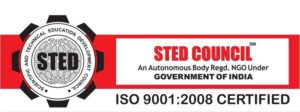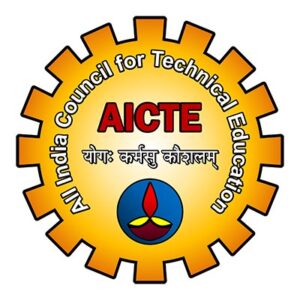To become a professional in photogrammetry, it is important to have a strong understanding of the principles and techniques involved in the field, as well as the software and hardware used to capture and process data.
Photogrammetry professional training can be pursued through a variety of educational and training programs, including university courses, online courses, professional associations, workshops, and conferences. These programs provide students and professionals with the knowledge and skills needed to succeed in the field, including training in photogrammetry techniques, software and hardware applications, data processing, and interpretation.
By pursuing photogrammetry professional training, individuals can gain a competitive edge in the job market and advance their careers in fields such as surveying, mapping, and engineering. In addition, continued education and training in photogrammetry can help professionals stay up-to-date with the latest technologies and techniques, ensuring that they are able to provide the most accurate and reliable data to their clients and employers.
Some of the topics covered in photogrammetry professional training programs include:
Camera and sensor calibration: Understanding the properties and limitations of different types of cameras and sensors is essential for capturing high-quality photogrammetric data.
Aerial and terrestrial photogrammetry: Aerial photogrammetry involves the use of drones or aircraft to capture data from above, while terrestrial photogrammetry uses ground-based cameras to capture data from the ground level.
Data processing and analysis: Photogrammetric data is typically processed using specialized software tools, which can be used to generate point clouds, digital surface models, and other products.
3D modeling and visualization: Once photogrammetric data has been processed, it can be used to create 3D models and visualizations of physical objects and environments.



